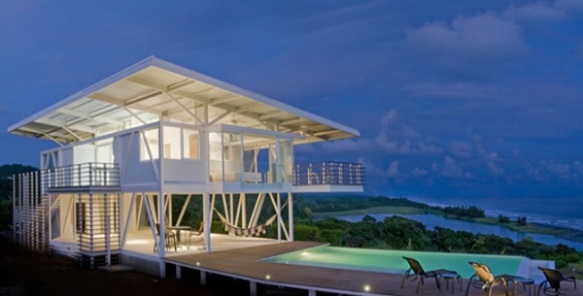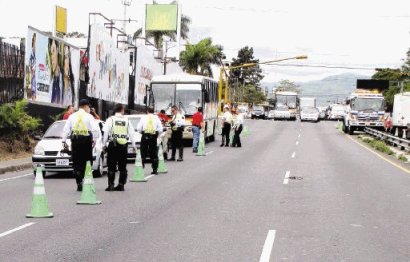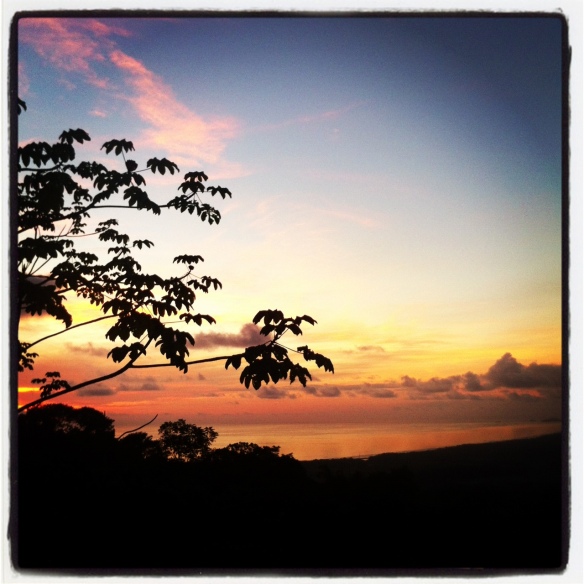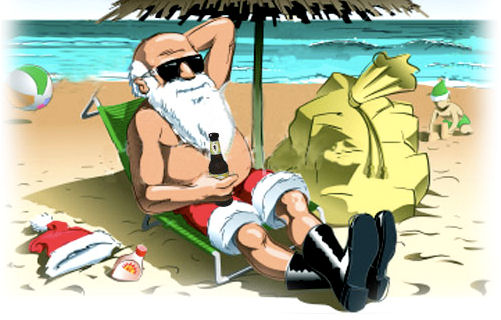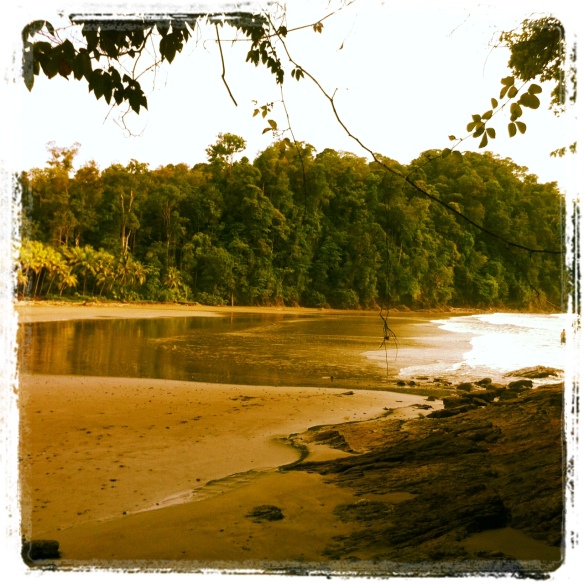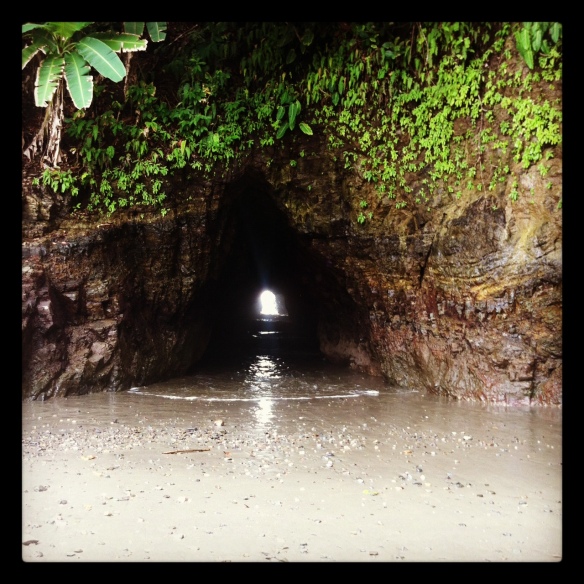
DOMINICAL, Costa Rica — On the two-lane road running along the jungle-covered coastline, it is easy to miss the steep turnoff for this tiny town, a rocky unpaved road leading to a row of open-air restaurants, hostels and surf shops.
For years, property industry observers predicted that Dominical would be the next boomtown in Costa Rica, after the coastal highway was paved four years ago, connecting the area to the north. But it hasn’t happened.
A few small condominium developments peek out of the lush jungle canopy on the steep hillside, but there has been little of the mass development found on other parts of the coast. The electricity still goes out regularly and most of the restaurants do not require shoes.
Big waves remain Dominical’s primary attraction, drawing surfers from around the world.
“It really hasn’t changed that much,” said Moshen Sadeghi, a resident of Minneapolis, who first started coming here 16 years ago with his wife, Julie. “It’s a surfing town. Kids come here when they have money to spend. They just want to surf.”
The Sadeghis’ driveway is a bumpy, winding three-quarter-mile trail up a steep hillside, best accessible by a vehicle with four-wheel drive. Their home, finished in 2010, is a sprawling 8,000-square-foot Spanish colonial and Mediterranean-style estate with a guest house and private theater on a plateau overlooking the Dominical bay. The surrounding jungle is home to howler monkeys, three-toed sloth and loud toucans.
Before the coast highway was paved, visitors to the Dominical area needed to take a long and often treacherous mountain route from San José, the capital of Costa Rica. Or they would need a four-wheel-drive vehicle to follow the rocky road from Quepos, 45 miles to the north, a journey that could include fording several rivers, depending on the time of year.
“It would take one and a half hours to get here from Quepos, it was so bad,” Mr. Sadeghi said.
Home prices in Dominical soared from 2003 to 2007 in anticipation of the road’s completion and as the building of an international airport nearby was discussed. Several developers announced projects, touting the region’s rugged coastline and secluded beaches.
With interest growing, a two-bedroom villa with a pool close to the ocean sold for approximately $450,000 in 2007, compared with $275,000 in 2005, agents say. (Costa Rica properties are typically listed in dollars.)
But the market stalled in 2008, in the wake of the economic turmoil in the United States. The majority of international buyers in Dominical are Americans, who mostly disappeared after the crisis.
When the paved road opened from Quepos in 2010, after years of delays, it had little effect on the market. “Bad timing,” said Joshua Kanter, an agent with Properties in Costa Rica, a real estate agency. In 2010, “you could make an offer for 30 percent off and get it.”
Today the half-finished shells of projects started in the boom years can be spotted on the hillsides. But sales are picking up, agents say.
“The fire sales are not as numerous now,” said Dave West, co-owner of the Re/Max real estate franchise in Dominical. They sold more property in 2014 than in any of his previous 10 years, closing five deals, compared with two in 2013.
Prices are still depressed but are returning to precrisis levels, Mr. West said. Buildable lots for single homes are also popular, with land prices still about 40 percent below peak levels, he said.
“The people buying lots are 30 to 40 years old,” he said. “They’re reserving their spot for 15 years from now.”
Several small developments are under construction, including the first units in Playa Hermosa Villas, a development planned to include 26 villas and 12 condos, a few miles south of Dominical.
“I’m all in right now,” said Robert Ruggieri, the developer of Playa Hermosa Villas. He said Dominical was “going to go from a little surfer town to a mini-Guanacaste,” referring to the fast-growing region on Costa Rica’s northwest, where Four Seasons and Marriott hotels anchor luxury developments.
Mr. Ruggieri bought nine acres for the project on the coastal highway in 2009 for $700,000, which he estimates was about 50 percent below the price three years earlier, at the height of the market. Prices in his project start at $339,000 for a 1,389-square-foot villa and range to $419,000 for a three-bedroom, two-and-a-half bathroom unit with a two-car garage.
Dominical is starting to attract more upscale travelers, beyond the surfers and ecotourists, Mr. Ruggieri said. He has forsaken the Mediterranean style popular in the area for stark modernistic units, with large windows, chrome accents and square edges.
“I took a gamble,” he said. “I think the new contingent is going modern.”
Some local residents are skeptical that Dominical will ever see a wave of mass development. The mountainous coastline makes it difficult to build. And there is little land available along the narrow beachfront, where development is restricted by the government.
“There is only so much that can be built,” said Julie Stewart, a real estate agent based in Austin, Texas.
Last April, Ms. Stewart and her husband, Jeff Windham, bought a house outside Dominical on a four-acre lot, a short drive from the coast. They paid $350,000 for the 2,000-square-foot house with three bedrooms and an infinity pool, after embracing the “relaxed feel” of the area.
“We loved the fact that it didn’t have all the resorts,” Ms. Stewart said.
She would like to see a few more restaurants and small hotels in the area. And it would be nice to see continued improvements in the power grid. But she’s not eager to see the large development found in many Central America beach spots.
“If this stays nice and small and doesn’t have any huge resorts coming in, it would be great,” Ms. Stewart said.

